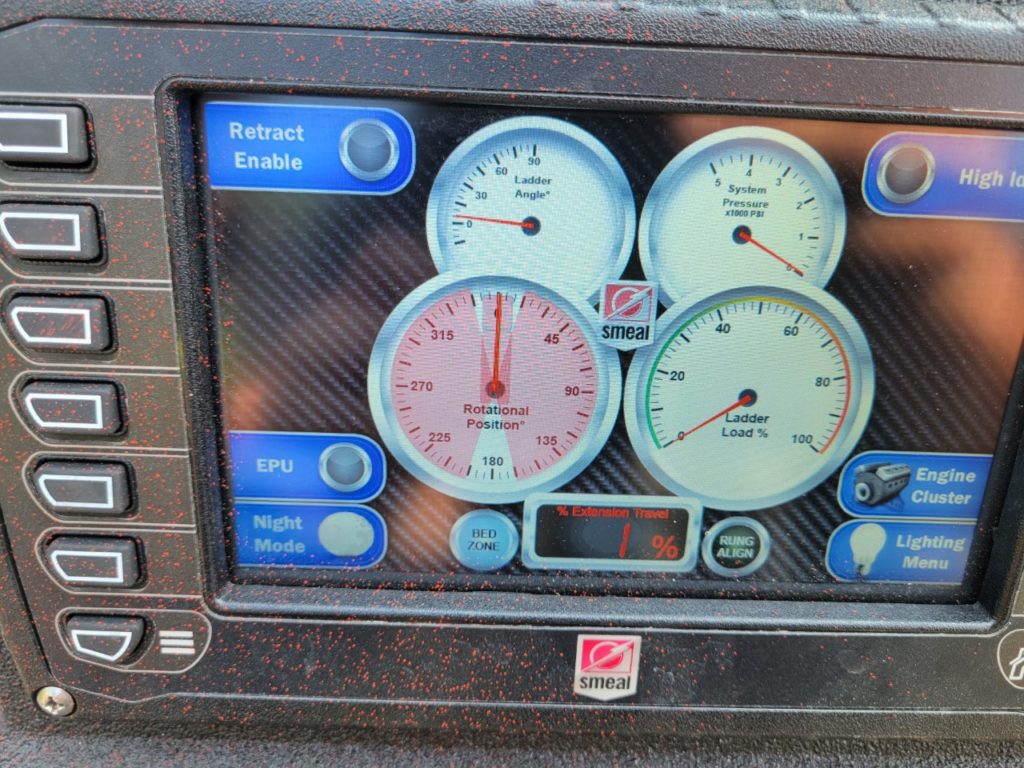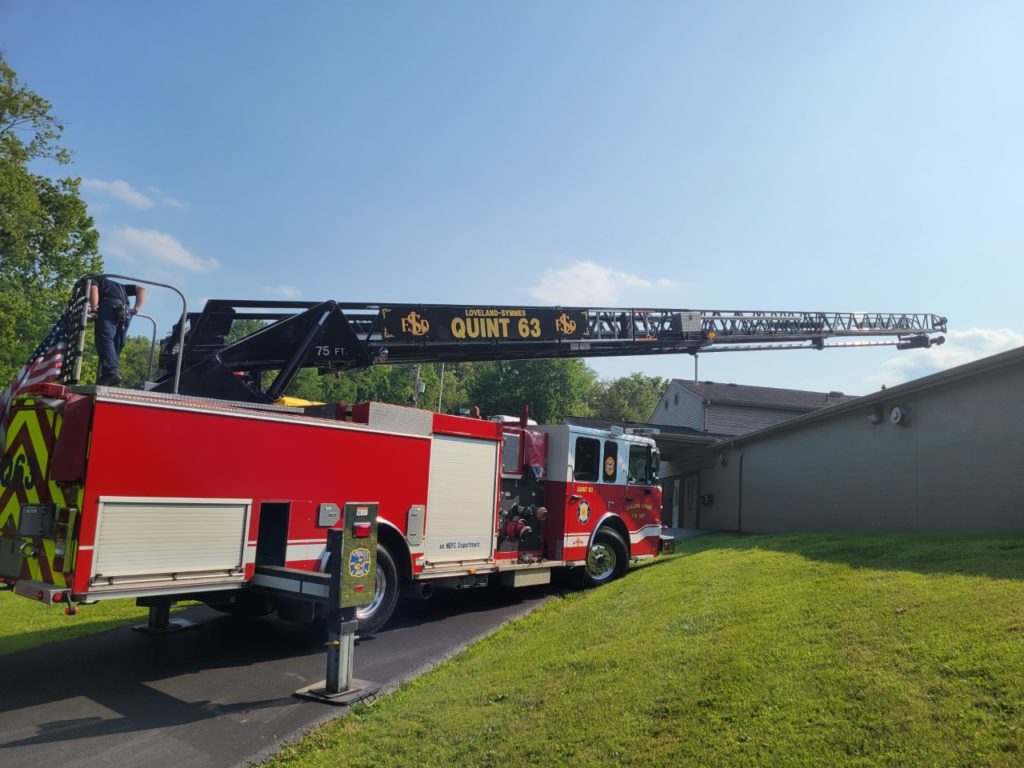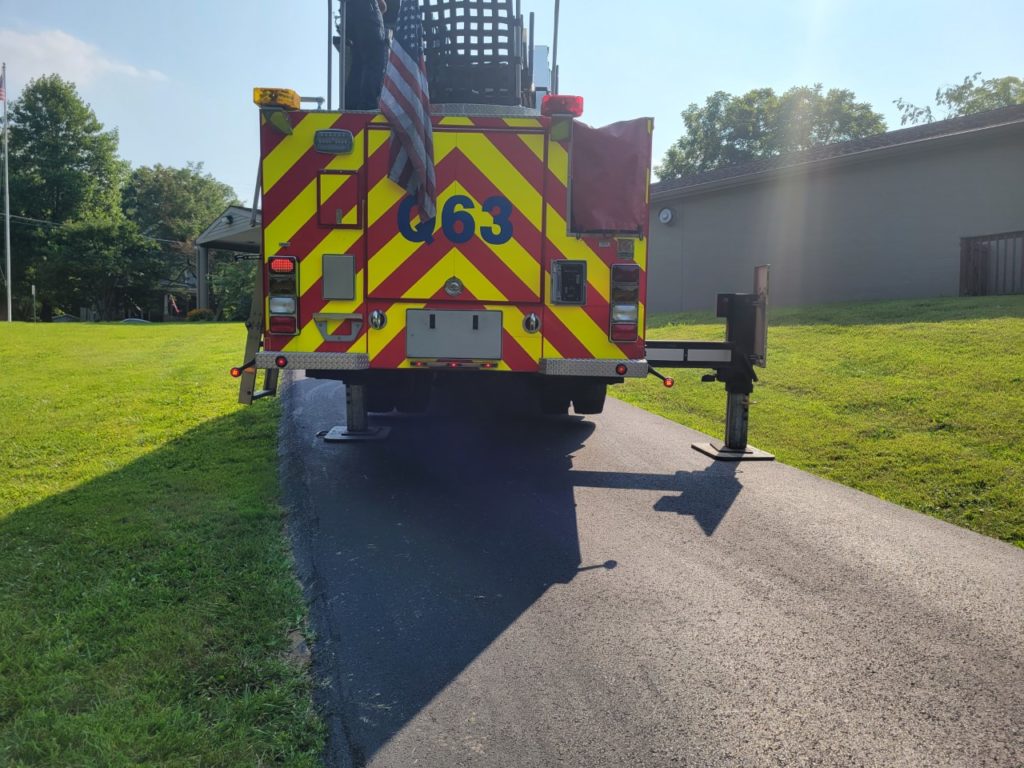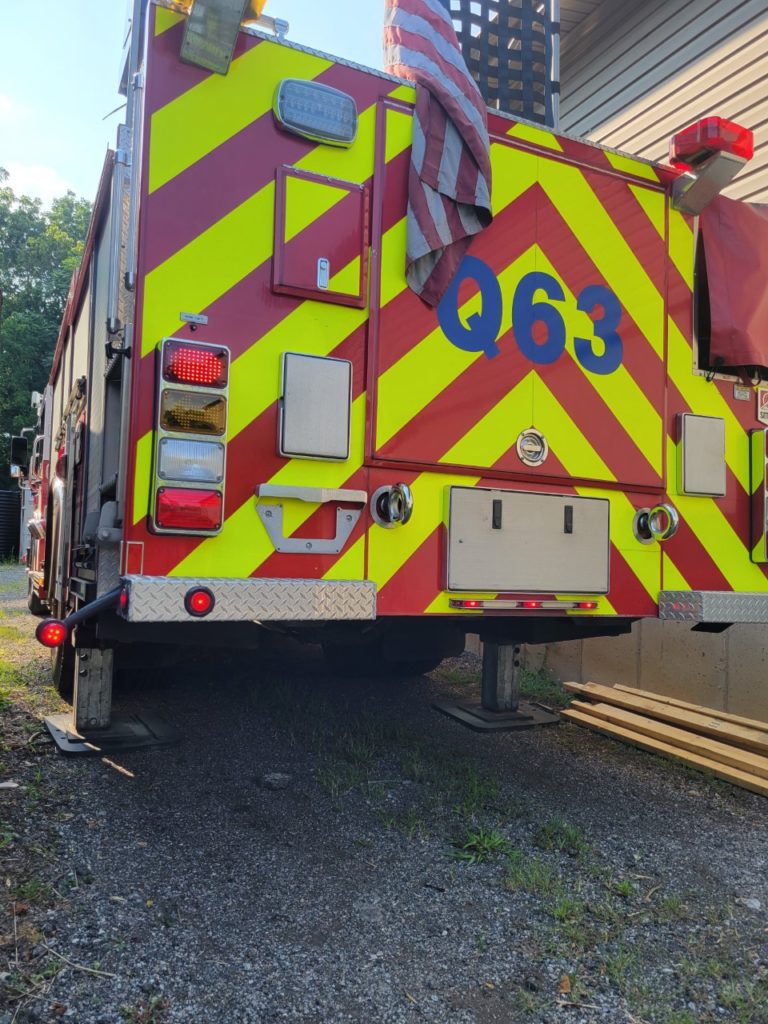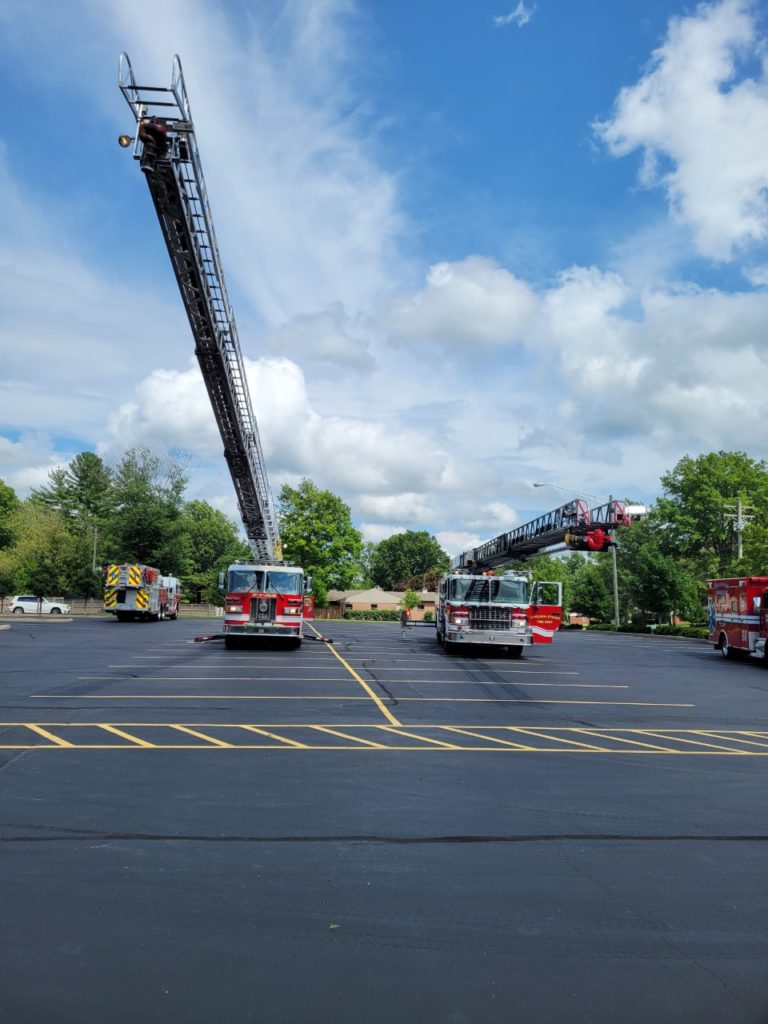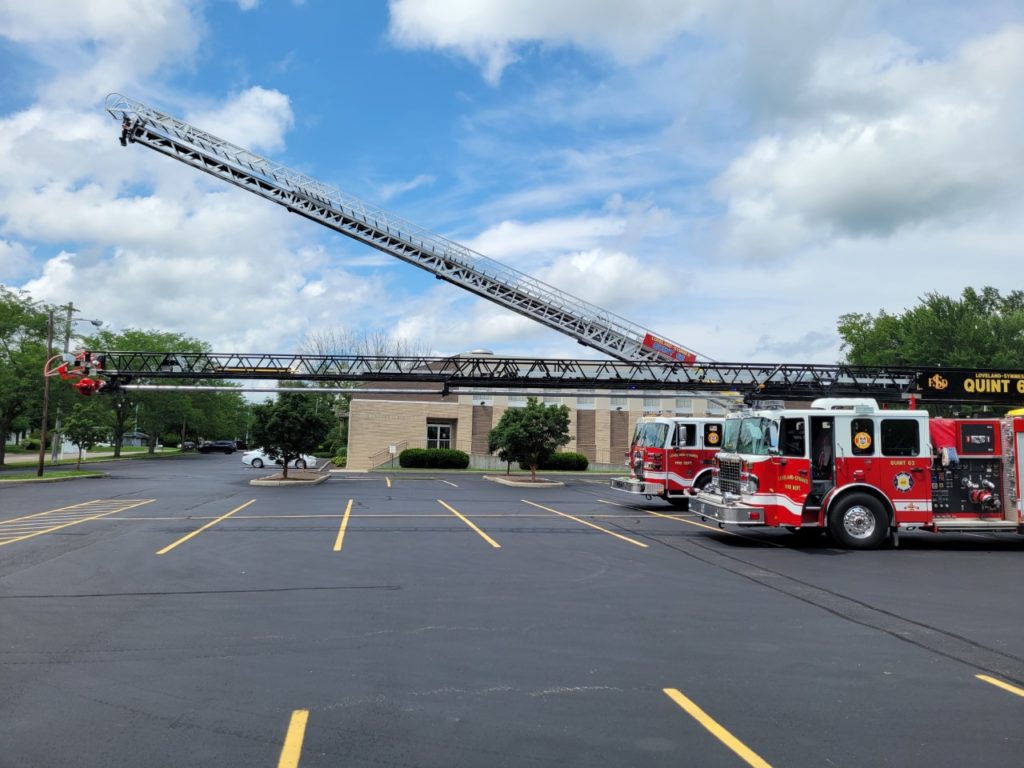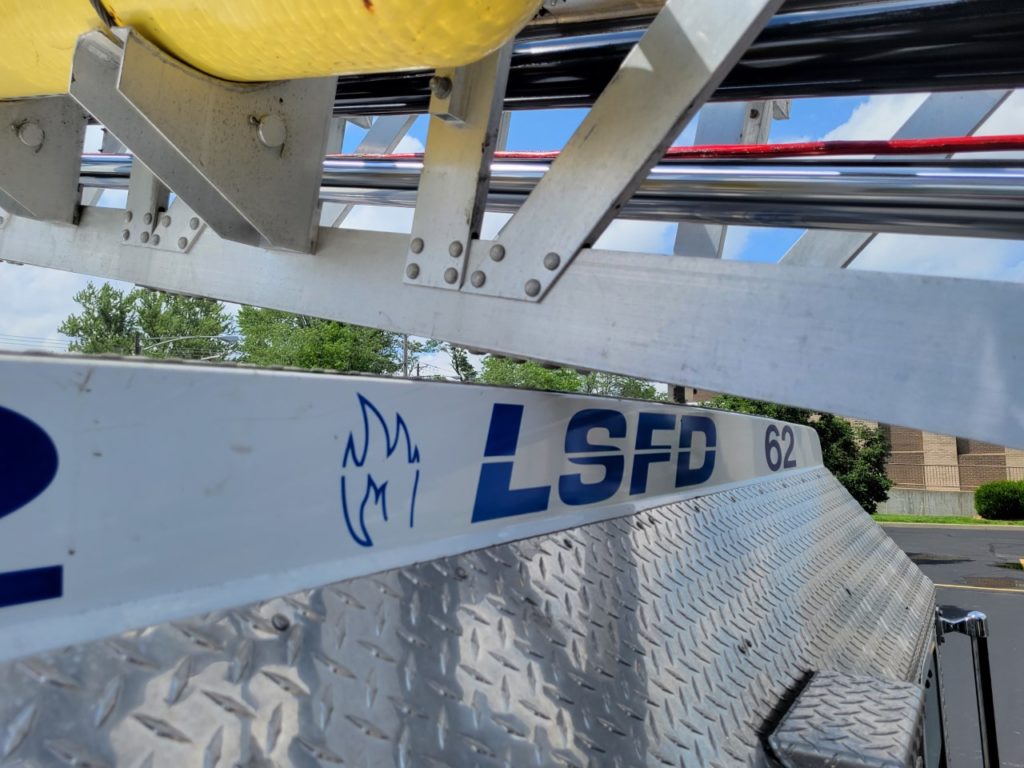By Bill Adkins
Your department has decided to purchase a ladder truck for the rural community you protect and serve. With so many options out there, you must determine what best suits your community. First, I want to be clear that I’m not for or against any manufacturers. In my personal opinion, apparatus manufacturers are like Ford vs. Chevy vs. Dodge—to each their own. What I’m referring to is do you want a Tower ladder or quint, mid- or rear-mount? The apparatus committee must look at the dynamics of its area and surrounding areas to make a determination on what piece of apparatus will work best. This article will be based off of my own experience and knowledge of the majority of the rural communities I have encountered.
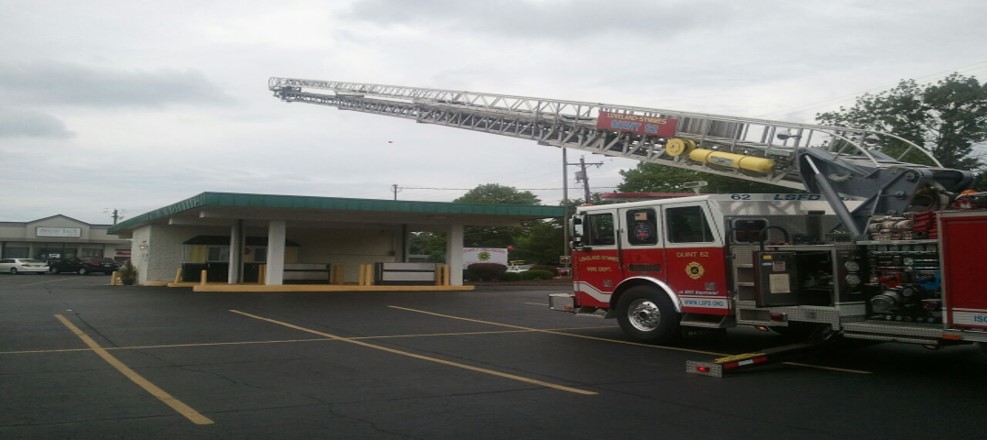
Tower Ladder or Quint?
If you live in or near rural communities, you know that some roads and/or driveways can be quite narrow, winding, overgrown with vegetation, and otherwise inconvenient for larger vehicles. Think of your typical driveway in rural communities. There is a mailbox, electric pole, or tree in close proximity; turning into a driveway with a tower ladder can be done but will most likely be challenging. With this in mind, I must lean toward a quint in most rural areas.
Tower ladders will have a bucket either on the rear or in front (depending on rear- or mid-mount) that tends to swing wide and if you have a tight area the operator will have a harder time making their approach. Consider using ground guides when in tight areas. One major advantage the tower ladder has over the quint would be that your firefighters are not required to climb the ladder. If you have firefighters that are not fond of heights, then maybe this is the route to take.
Quints are smaller and for the most part have a better turning radius. A quint with a short wheelbase makes turning into these tight driveways easier. Most quints will have the same wheelbase as the typical engine. Without the bucket there is less hanging off the front or back to worry about.
Mid- or Rear-Mount?
One must keep in mind the dynamics of the area you serve. Most rural areas have residences with driveways that can be from 50 feet to miles long. Before taking the driveway with your ladder truck you must think of the capabilities of your particular apparatus; keep in mind what the manufacturer recommends is safe as well. For instance, most manufacturers recommend 6 inches of concrete or blacktop under the outrigger before the ladder can be extended off the sides of the apparatus. Most driveways in rural communities are gravel and will not meet this recommendation.
When using a mid-mount ladder truck, you may need to back down the driveway and aim the ladder toward your intended ladder position to accommodate these recommendations. If the driveway is only 50 to 100 feet, this may not be too much of a problem. However, if the driveway is any longer you must consider the options for water establishment. I can’t imagine trying to back down a driveway and laying supply line at the same time. Good luck to the firefighter pulling hose off to the side of a moving apparatus. This just does not seem practical to me.
If a mid-mount pulls into the driveway and approaches the building from the front of the apparatus, the operator must be aware of the cab when lowering the ladder. In most instances, the ladder will not be able to be lowered to the roof of a single-story home.
Rear-mount ladder trucks will have the advantage to pull in the driveway and will still be able to safely lay supply line on its way in. When positioning the rear-mount ladder truck—and to stay within the manufacturer’s recommendations—the operator can aim the front of the truck to where they want my ladder to extend. This method keeps the ladder from extending off to either side of the apparatus, so the outriggers do not necessarily need to be on a solid surface. The rear-mount ladder truck will also be able to be lowered onto the roof of a single-story home.
Final Thoughts
Once you have a ladder truck, you must train your operators to position in each scenario they may encounter. Nothing I have said here means a thing if you do not consider your service area along with the needs and capabilities of your surrounding areas. If there are five ladder trucks in close proximity to you, you must ask yourself if you even need a ladder truck. As stated above, knowing most rural areas, I need a small apparatus that is capable to reach a structure off a gravel driveway. In my opinion, the rear-mount quint is that apparatus.
